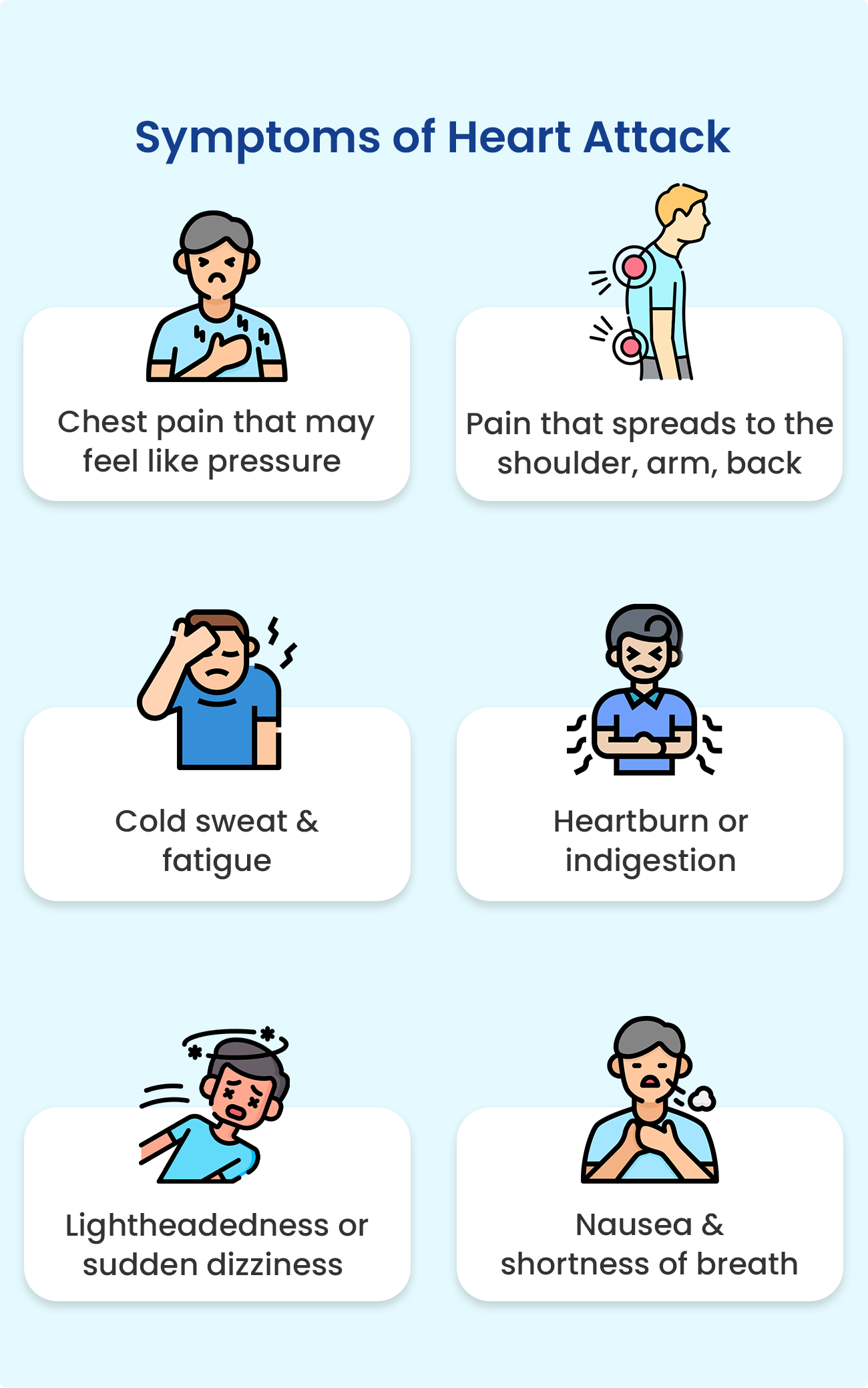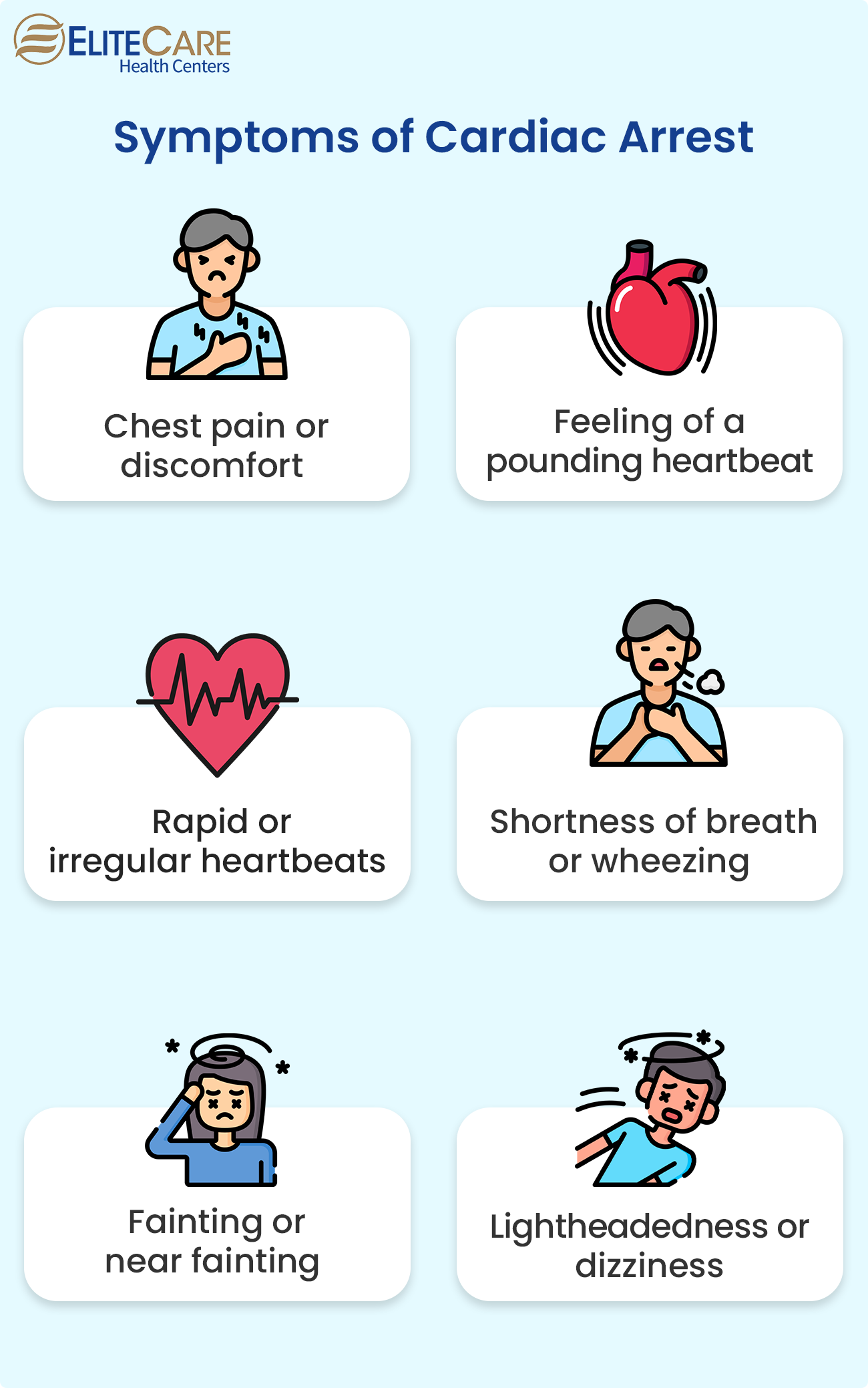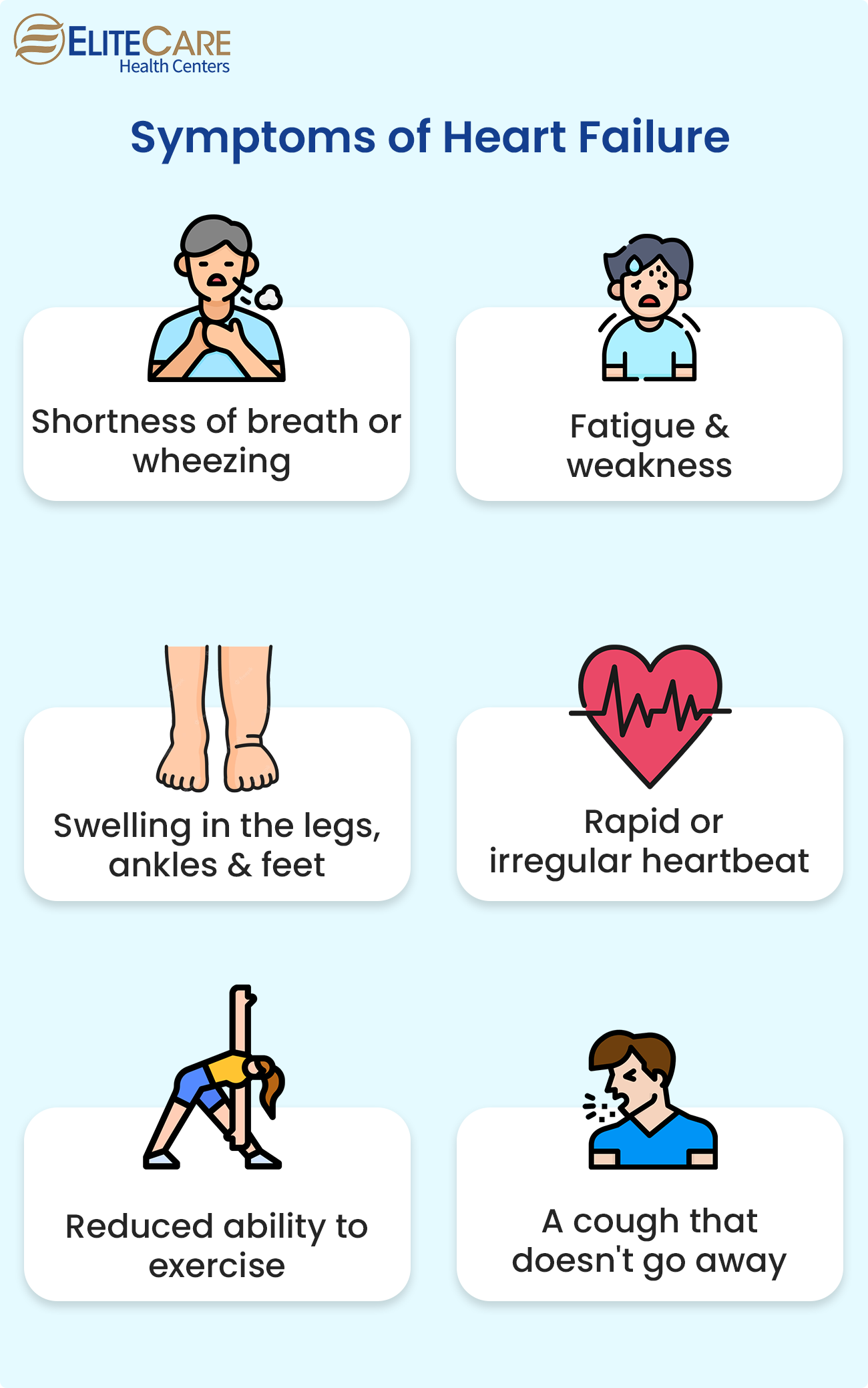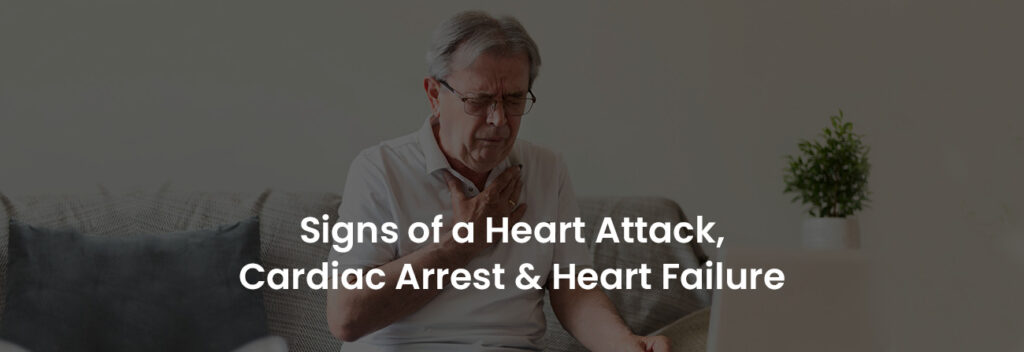
Life’s symphony centers around the heart’s pivotal role in overall well-being. As life’s later stages unfold, safeguarding this vital organ gains importance. Understanding nuanced differences in heart conditions is a guiding compass, directing informed choices and empowering seniors.
Imagine a compass in a dense forest, which helps find secure paths from potential hazards. Likewise, understanding the differences between a heart attack, cardiac arrest, and heart failure acts as an internal compass. It’s not just data; it prompts action, recognizing the signs of a heart attack, cardiac arrest urgency, and heart failure intricacies.
This blog post explores distinctions among these heart conditions, empowering informed decisions. Let’s get started.
Heart Attack

Understanding Heart Attacks
A heart attack is a serious event that affects the heart’s vital role in the body. It happens when the blood flow to the heart is blocked, often by a clot or buildup in the heart’s blood vessels. These vessels are like highways that carry oxygen-rich blood to the heart. When they get blocked, it’s like traffic getting jammed and causing problems.
Quick Damage to Muscles
Imagine a sudden power outage in a bustling city. Similarly, during a heart attack, a part of the heart suddenly stops working properly. This can lead to quick damage to the heart muscle because it’s not getting enough oxygen. It’s like a sudden breakdown in a machine needing power.
Subtle Signs as Messengers
Heart attack signs may not be obvious, especially for seniors. Instead of intense pain, some might feel discomfort in the chest, arm, jaw, neck, back, or stomach. Other signs could be trouble breathing, feeling sick, dizzy, or sweaty. These signs are like quiet messages from the body, trying to tell us something is wrong.
Unique Signs in Women
Heart attack signs can be different for women. They might not feel heavy pressure on the chest. Instead, they could feel fullness or pressure. Women might also have shortness of breath, tiredness, or symptoms similar to the flu. Sometimes these signs are mistaken for something else, like feeling tired because of age.
Time Matters
Regarding a heart attack, time is important. Acting fast can save heart muscle and even a life. If someone shows signs of a heart attack, calling for help right away is crucial. Dialing 911 or going to a nearby medical clinic or health care center is right. Quick action can make a big difference.
Skilled Help and Fast Action
Getting to an Emergency Room or hospital where trained professionals can help is vital. They can quickly check and take care of the problem. Some treatments, like angioplasty, can open blocked blood vessels and restore good blood flow. Getting to a hospital or health care center fast increases the chances of getting better sooner.
A heart attack is a serious wake-up call. It’s like the body’s alarm saying something is not right. Knowing the signs, understanding how urgent it is, and acting quickly is like having a shield to protect against a heart attack. Time is of the essence, and taking fast action can greatly impact the journey to better heart health, especially with the support of medical clinics and health care centers specializing in senior care services.
Cardiac Arrest

Electrical Chaos in the Heart
Cardiac arrest, a sudden and potentially life-threatening event, arises from a malfunction of the heart’s electrical system. Just like a power surge disrupting electronic devices, the heart’s electrical signals become chaotic, causing it to stop pumping blood effectively. This abrupt stoppage demands immediate and critical medical attention.
Urgent Need for Action
Unlike a heart attack that might come with warning signs, cardiac arrest strikes swiftly and without prior notice. For seniors, this underscores the importance of proactive heart health management. Without intervention, the lack of blood flow to vital organs can lead to loss of consciousness, brain damage, or even death within minutes.
Recognizing the Telltale Signs
Senior citizens must be vigilant about recognizing symptoms that may indicate a cardiac arrest. These can include sudden loss of consciousness, no pulse, and a lack of normal breathing.
Crucial Role of CPR and AED
Cardiopulmonary resuscitation (CPR) and automated external defibrillators (AEDs) can be the difference between life and death during a cardiac arrest. CPR helps maintain blood flow and oxygen to vital organs, while an AED can restore a normal heart rhythm. Seniors, family members, and caregivers should consider learning CPR and familiarizing themselves with AED use.
The Senior's Safety Net
In senior care services, a primary care physician is a valuable ally. Regular check-ups and consultations can aid in identifying potential heart health issues early on. Additionally, understanding the role of health care clinics and exploring online doctor consultation options can give seniors easy access to medical advice, especially in urgent situations like cardiac arrest.
Empowering Seniors with Knowledge
The knowledge of recognizing cardiac arrest symptoms and the importance of immediate CPR and AED use can make all the difference in saving a life. Seniors can proactively enhance their heart health by working closely with their primary care physician and seeking care from health care clinics.
Heart Failure

Distinct Gradual Development
Unlike a sudden halt, heart failure is characterized by a slow progression over time. As the seasons transition gradually, heart failure develops, impacting the heart’s pumping ability and overall vitality.
Underlying Causes and Manifestations
Various factors, such as hypertension and coronary artery disease, contribute to heart failure. These factors weaken the heart muscle progressively, leading to symptoms like breathlessness, fatigue, swelling, and occasional confusion. Often, these signs are mistaken for normal aging, highlighting the importance of vigilant care.
Navigating Treatment and Lifestyle
Managing heart failure involves a comprehensive approach. Collaborating with healthcare professionals for an annual or routine physical exam plays a crucial role. These exams monitor vital parameters and detect potential issues early. Medications, lifestyle modifications, and dietary adjustments are essential to effective management.
Holistic Approach to Well-being
Seniors are encouraged to embrace a holistic well-being approach. Regular physical activity, a balanced diet, and managing stress contribute to overall heart health. Accessible health centers nearby provide tailored guidance to individual needs and conditions.
Importance of Regular Check-ups
The value of annual or routine physical exams cannot be overstated. These exams offer a comprehensive understanding of one’s health status, enabling timely interventions and personalized care. These check-ups are an essential pillar of managing heart health and overall well-being.
Empowering through Awareness
A deeper comprehension of heart failure’s gradual nature, underlying triggers, and the spectrum of available interventions empowers seniors. The synergy of regular health check-ups and expert guidance from health centers fosters an environment where seniors can proactively manage their heart health and lead fulfilling lives.
Conclusion
Understanding the distinctive patterns of heart attack, cardiac arrest, and heart failure equips individuals with a formidable defense. Swift symptom recognition, immediate action, and seeking care from primary care centers emerge as protective shields against heart-related concerns. Embracing knowledge is embracing life.
When one is ready to seize control of their heart health, scheduling a consultation at EliteCare Health Centers offers the path. Our commitment is the best for the heart, and we stand ready to deliver.






